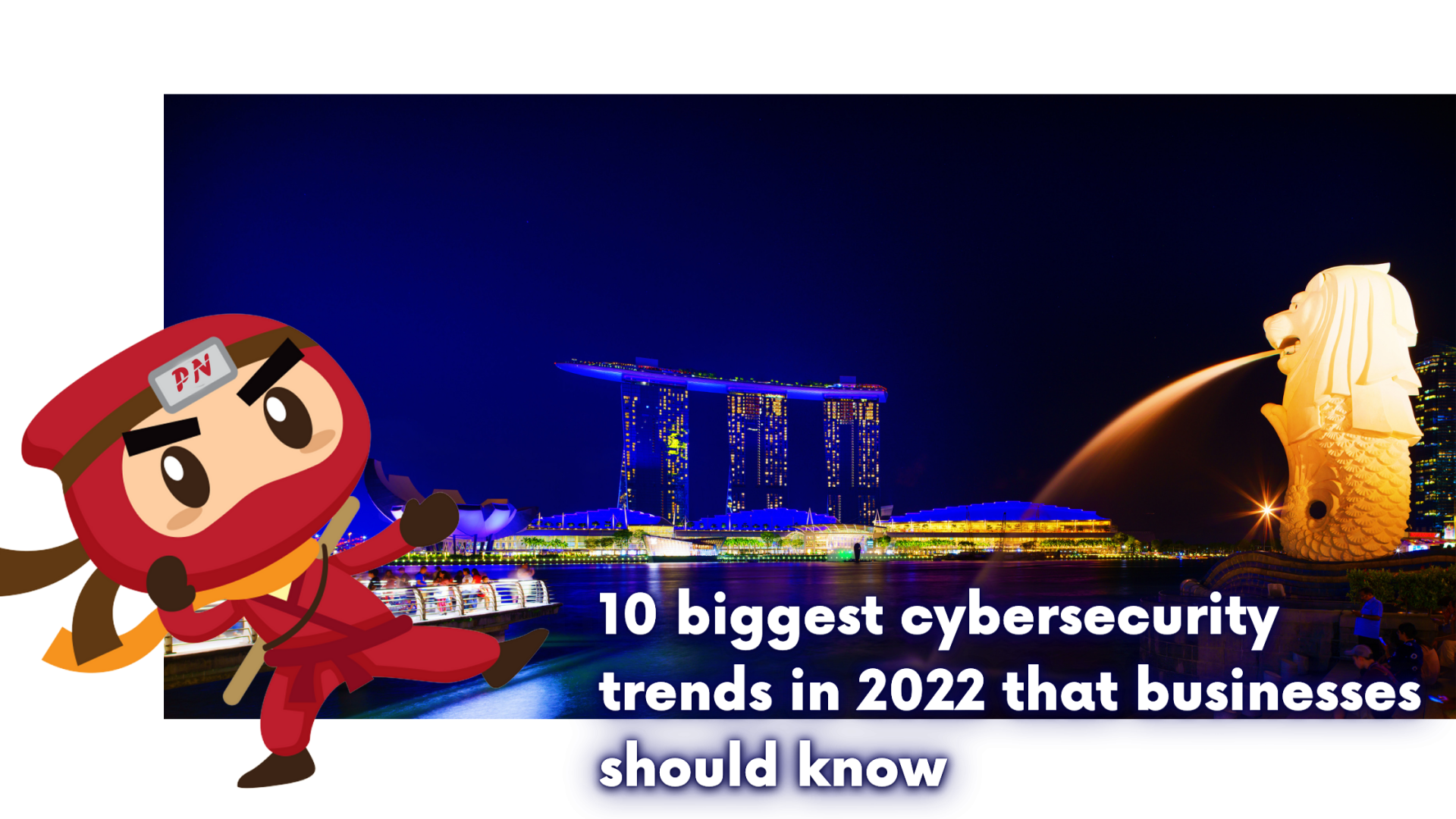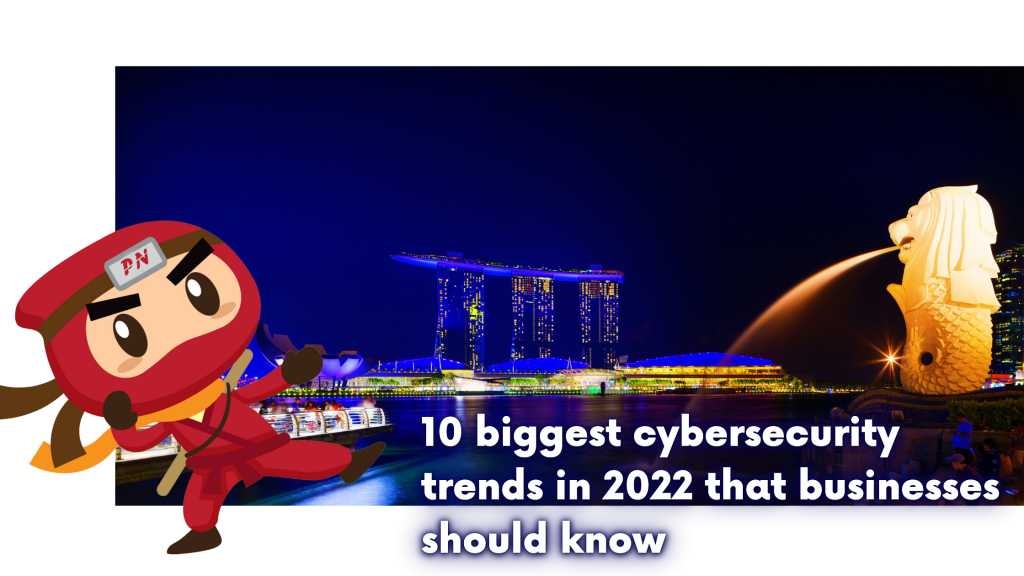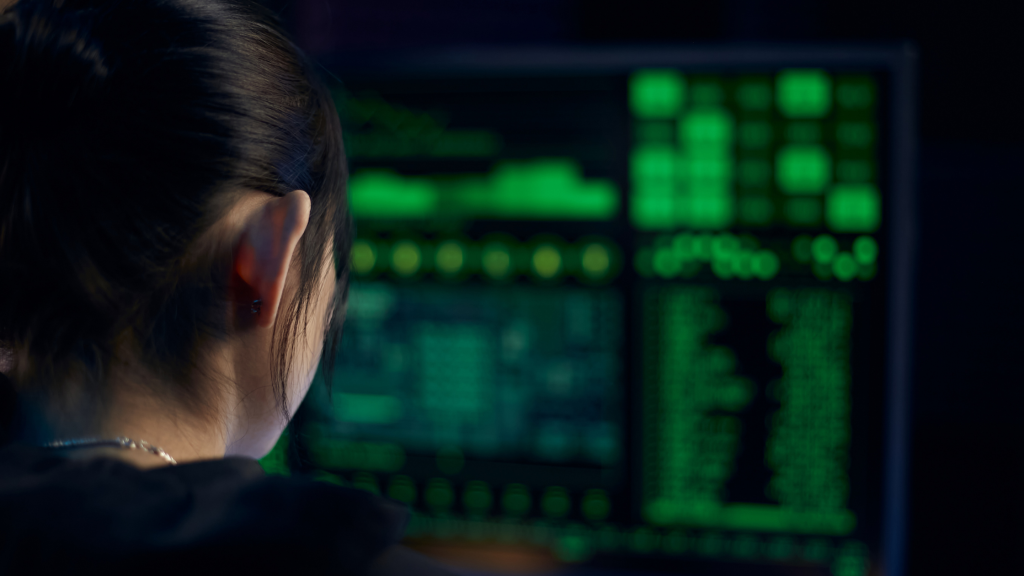KEEP IN TOUCH
Subscribe to our mailing list to get free tips on Data Protection and Cybersecurity updates weekly!







Cyber-attacks are not new, but their frequency increases as technology advances, and the world becomes more digital. Cybercriminals can steal and publicize your personal information, or they can even shut down your entire company if you divulge critical information. Recent hacks have targeted Facebook, Dominos, Microsoft, and numerous other firms, and businesses have grown increasingly exposed to damaging assaults due to the pandemic’s shift to remote employees.
Hackers have benefited dramatically from the new situation we’ve found ourselves in after the global epidemic occurred in 2020. The SolarWinds breach, which Microsoft president Brad Smith regarded as the most sophisticated cyberattack of all time, has effects that are still being felt in 2021, shows this.
Working from home, society’s ongoing digitalization and our more online lives mean that phishers, hackers, fraudsters, and extortionists have new opportunities. Unfortunately, as we approach 2022, there is no sign of this slowing down. This is why it’s so important for individuals and businesses to be aware of the ever-expanding attack channels and what can be done to mitigate the risks!
Keep an eye on the latest information on cyberattacks and defense strategies. Instead of keeping weaknesses and sensitive information hidden, communicate them with your team and create secure procedures. In a world where danger lurks around every corner, collaboration is the only option to assure one’s safety.
With this, you must stay up with emerging cybersecurity trends to fight against such attacks. Here are ten important cybersecurity trends to watch in 2022:
Also Read: Digging deep: The Cybersecurity Act of Singapore

1. Artificial Intelligence (AI) enabled security
Machine Learning has grown into a more proactive entity, making it more accessible, less expensive, and more effective than ever before to create robust cybersecurity measures. Because it can use a vast database to develop patterns and employ algorithms to govern them, Artificial Intelligence can anticipate and respond to threats.
Machine learning helps cybersecurity identify threats and learn cybercriminal behavior to prevent future attempts. It also reduces the time it takes cybersecurity experts to complete their regular tasks.
2. Cyber-Attacks on Financial Services
Financial institutions continue to work to comply with regulations and transition to the cloud. Financial actors are also affected by phishing efforts on social media platforms and other communication channels. In addition to phishing attacks, financial institutions are subject to data breaches and malware attacks. Financial systems are more vulnerable to cyberattacks than different types of firms, costing an average of $18.3 million per company.
3. Governments Have Pledged to Build Green 5G Networks
Today’s digital revolution is heavily reliant on gadget connectivity (commonly referred to as IoT) for data exchange and self-control. A high-performance network is required to do so efficiently, and 5G (or possibly 6G) technology is well suited to the task.
Given a smart city’s dependency on telecommunications, which connects everything, numerous countries have declared 5G networks to be national infrastructure. Their safety has become a matter of national security. In a word, “security by design” is essential for a safe 5G network, as it addresses security risks from the start.
Following the COVID-19 outbreak, a rising number of countries appear to be following the US government’s lead in labeling Chinese companies like Huawei as untrustworthy suppliers. While such incidents may be motivated by political concerns, one thing is certain: they are not going away anytime soon.

4. Internet of Things Vulnerability (IoT)
The majority of today’s Internet of Things (IoT) devices have security flaws. Data can be sent and received over the internet using computing units incorporated into IoT devices. As a result, users are at risk of denial-of-service assaults and device hijacking. One of the most concerning risks associated with the Internet of Things is home invasion. As a result, IoT devices provide new choices for both enterprises and cybercriminals.
5. Supply Chain Disruption
Nobody knows what the future of cybersecurity trends will be, and many sectors are still dealing with how to protect their networks amidst the turmoil and uncertainty of the epidemic. On the other hand, existing patterns give insight into what to expect in the following years. For many years to come, developers and administrators of information technology security solutions will be in great demand.
6. Targeted Phishing Attacks
With a huge number of people responding to phishing emails, phishing assaults are currently the most widespread security concern in the information technology business. While phishing emails and malicious URLs are still common on the internet, they have evolved to be more specialized, customized, and geo-targeted in recent years. They are forcing fraudsters to use increasingly sophisticated strategies to create well-executed business email breach operations (BEC).
According to Verizon’s 2019 Data Breach Investigations Report, phishing attempts were responsible for 32 percent of data breaches last year (NIST 2019). As a result, security experts expect targeted phishing to become more prevalent in the coming years. Furthermore, in 2020, there were over 60,000 phishing websites, with one out of every eight employees sharing information on a phishing site (Security Boulevard, 2020).
As a result, businesses are putting in place and funding extensive security awareness programs. Simulators that can explain and forecast new phishing patterns and cyber attacker strategies are also being installed by corporations.
7. Threats to Higher Education
Cybersecurity has become an important component for students seeking higher education in these uncertain times, especially with the rise of online learning and distant work. The most common cybersecurity trends in higher education are data breaches involving students. A hacker targeted three private colleges this year, stealing student admission data (Inside Higher Ed, 2019). Higher education professionals understood the significance of actively fighting for better institutional security to protect student, teacher, and research data.

8. The growing threat of ransomware
Cybersecurity trends each year is not complete without ransomware. According to the UK National Cyber Security Centre, ransomware assaults increased threefold in the first quarter of 2021 compared to the same period in 2019. According to a PwC study, 61% of IT executives expect this to rise in 2022. We can once again attribute much of this to the internet, and the increase in the amount of activity conducted online and in digital spaces.
Ransomware is a type of malware that infects computers with a virus that encrypts files and threatens to delete them unless a ransom is paid, generally in the form of an untraceable cryptocurrency. Alternatively, the software virus may threaten to publicize the data, exposing the company to massive fines.
Ransomware is often distributed through phishing assaults, in which employees are duped into submitting personal information or clicking a link that downloads ransomware software (also known as malware) onto a computer. Direct infection through USB devices by those who have physical access to machines has been more widespread in recent years. Worryingly, there has been an upsurge in these sorts of assaults targeting key infrastructure, including one at a water treatment facility that managed to temporarily modify the plant’s chemical processes in a way that might put people’s lives in danger. Gas pipelines and hospitals have been the targets of other ransomware attacks.
According to studies, employees who are aware of the risks of this form of attack are eight times less likely to become victims.
9. User Sensitization
With the severity of cybercrime on the rise, some businesses have devised measures to improve their security, protect their customers’ experience, and strike a balance between security and ease. To protect the company’s reputation, people must be educated on recognizing and avoiding network attacks.
The tactics utilized in cyberattacks are foreign to many individuals. As a result, public education is essential in preventing such assaults. Many companies use the internet, visual tools, and traditional classroom techniques to sell and teach their personnel. Employees are also given training on managing and communicating sensitive company data.
10. Using Mobile Devices as a Vector of Attack
The majority of e-commerce software and other platforms are accessed via mobile devices. Mobile users are being targeted by cybercriminals who are using mobile devices as attack vectors. One of the cybersecurity trends for 2022 is cybercriminals seeing mobile users as an easy target since they use their smartphones for business and personal communication, shopping, hotel reservations, and banking. Cybercriminals frequently employ mobile devices as an attack vector. On mobile devices, about 70% of all transactions are fraudulent.
Privacy Ninja, one of leading data protection service provider in Singapore, can help with your cybersecurity needs with ease without you lifting a finger for a competitive price. Privacy Ninja can conduct penetration testing to scan for any vulnerabilities within your business to prevent any future attack. Furthermore, Privacy Ninja keeps track of these cybersecurity trends to better its services. You can rest assure that these cybersecurity trends are taken into considerations.
Also Read: PDPA Compliance for HR Managers in Singapore: A Must